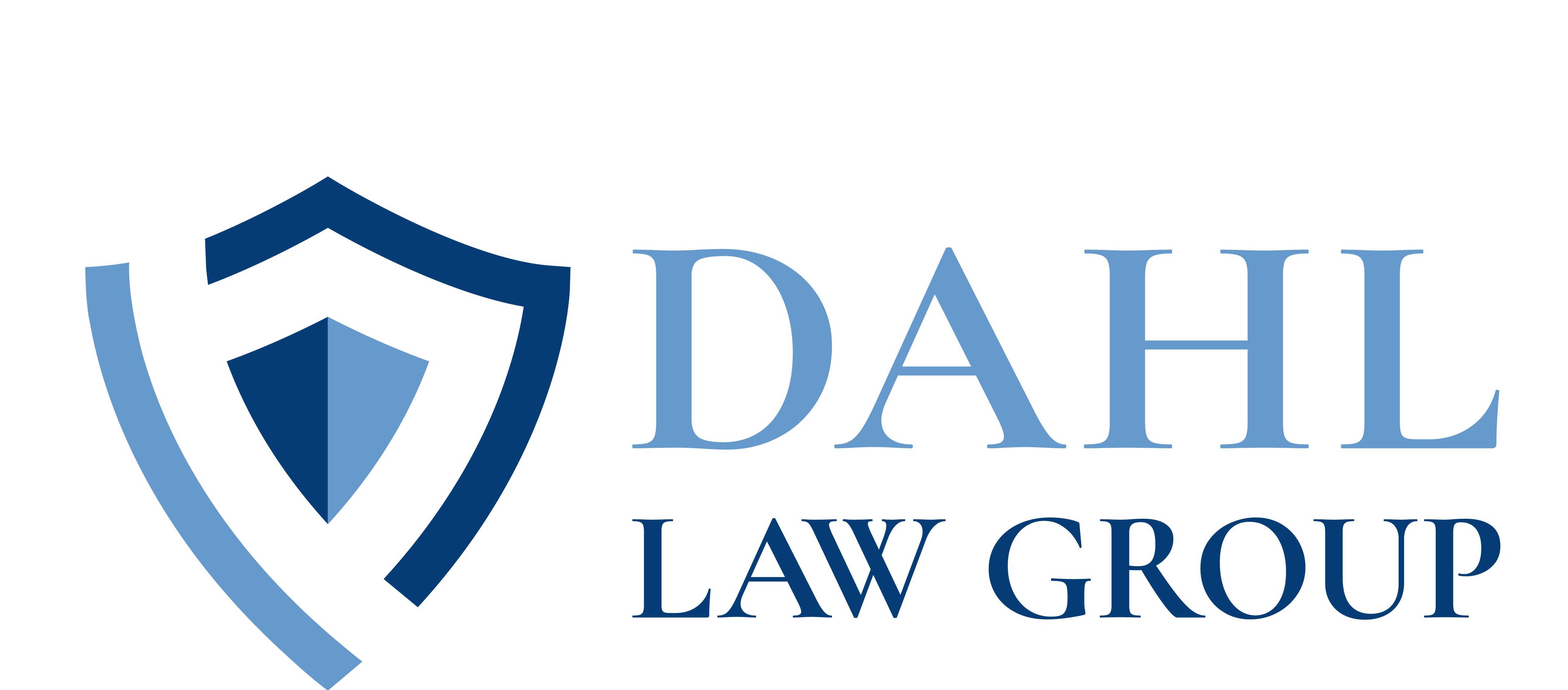
Innovation takes many forms. Your work and your craft provide a living for you, your business, and your family. Protecting that work goes a long way toward preserving your financial interests.
Our team provides intellectual property services including the acquisition, maintenance, and enforcement of trademarks. We want to help you protect and get the most out of your IP, but it’s important first to understand the means available for protection.
Trademarks, copyrights, and patents serve different purposes for intellectual property. Let’s explore each of these further.
What They Protect
These three registrations protect different innovations in different ways. To simplify:
- Trademarks protect words/phrases, names, logos, sounds, and designs that differentiate the source of a product
- Copyrights protect original works like art, photographs, literature, music, and architecture
- Patents protect inventions, processes, and plants
Each of these protections provides sole control to the owner of the work (which can be an individual, group, or business).
How They Are Registered
One of the biggest differences between trademarks, copyrights, and patents is the manner in which someone registers the work. Registration under each type of IP will look different depending on the circumstance and strength of the work.
Trademarks actually garner automatic registration at least regionally through common law trademarks. This provides IP protection in the immediate term while the owner of the mark officially registers the work through the U.S. Patent and Trademark Office (USPTO). This process costs time and money and requires a strong trademark in order to secure protection. Work that is considered generic or likely to cause confusion with other previously-registered trademarks will be denied.
Patents go through the same office (USPTO) but require additional steps and consideration before a patent will be granted. It’s important that you or your company conduct a thorough search for any previous registrations similar to your work before proceeding with an application.
Copyrights have their own registration office through the U.S. Copyright Office. This process requires you to file an application and pay the necessary fees. You may also begin to acquire copyrights immediately upon use, depending on the circumstances.
Maintaining a Trademark, Copyright, or Patent
The ongoing maintenance of your intellectual property portfolio is an additional layer that cannot be neglected. Each IP type has its own parameters for maintenance and timelines.
Trademarks require renewal every ten years but are able to last forever so long as the mark is actively being used commercially or has excusable nonuse (generally requires that you have a plan or system in place to resume the use of the mark by a specific date).
Copyrights depend on the date of first publication. For works created after January 1, 1978, protection lasts for 70 years AFTER the death of the author. Anonymous work or work done for hire lasts for 95 years after the first year of publication of 120 years after the year of its creation, whichever comes first. There are no ongoing maintenance fees or renewals. After this, the work becomes public domain.
Patents last between 14 to 20 years depending on the type of patent. Once this date passes, the patent is no longer active and the invention is able to be used by others. There are no ongoing maintenance fees or renewals.
Are You on Top of Your IP Portfolio?Our team regularly checks in with business clients to ensure their intellectual property portfolios are thorough, active, and not infringed upon. If your business needs a review of your intellectual property portfolio, contact the Law Offices of Tyler Q. Dahl.



